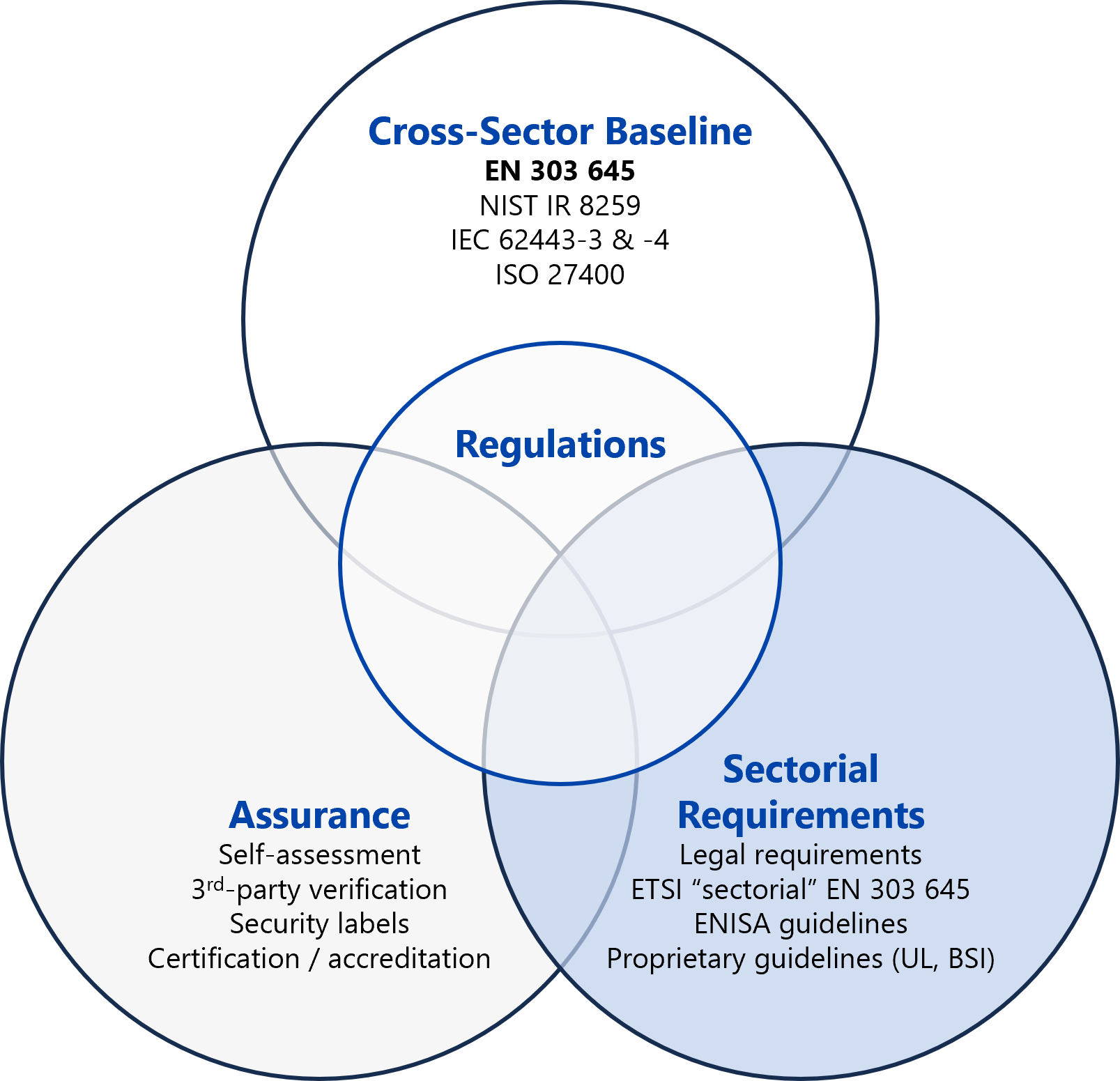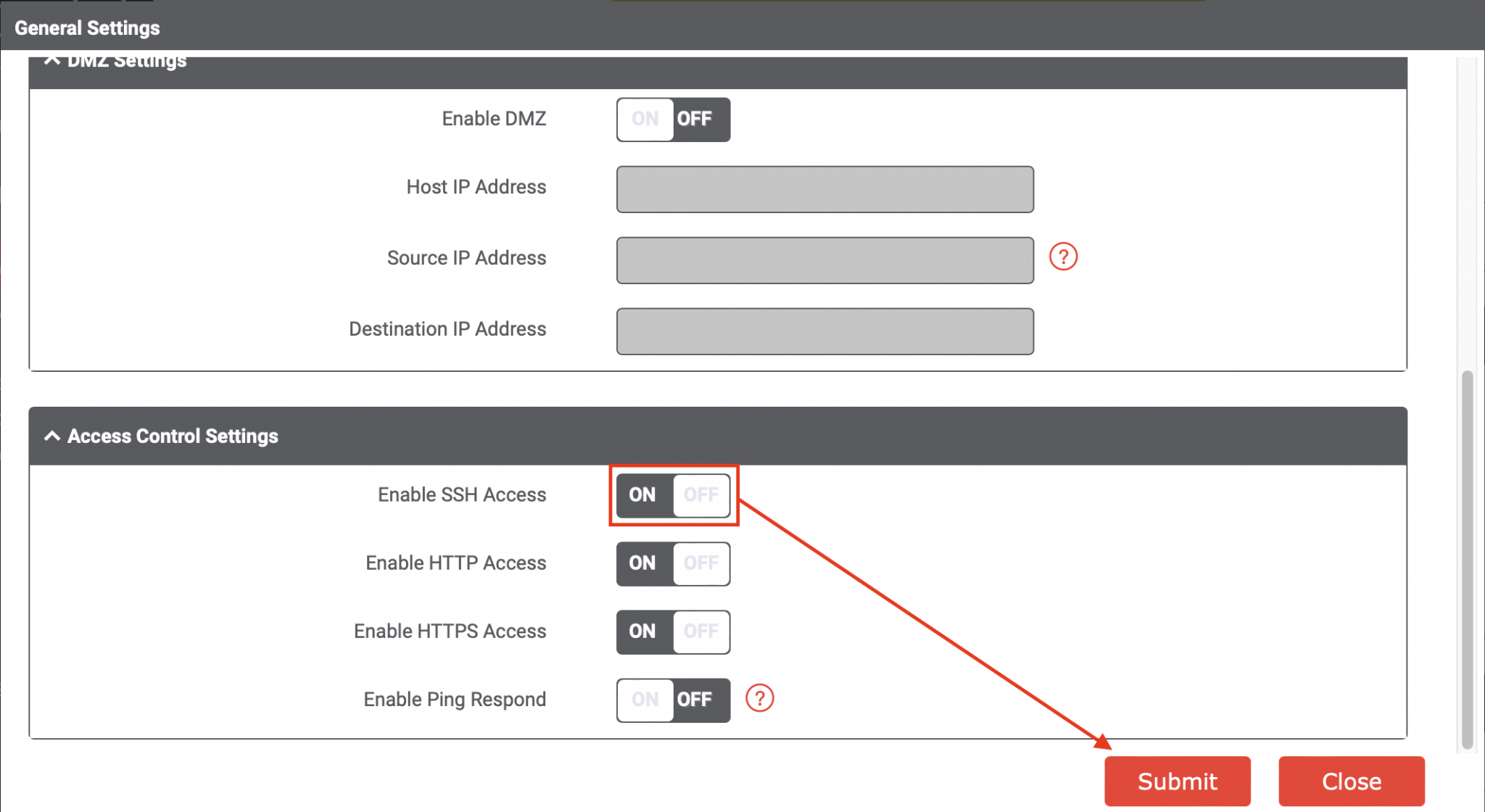Secure SSH For IoT Devices Free - Your Access Guide
Have you ever stopped to think about how much our everyday lives now rely on those clever little internet-connected gadgets? From smart home bits to industrial sensors, these things are everywhere. It’s pretty clear that keeping an eye on them, and making sure they do what they're supposed to, is becoming a very big deal. But, you know, getting to them from afar, especially without spending a lot of money, can feel like a bit of a puzzle.
For a long time, accessing your internet-connected devices meant figuring out tricky network setups or paying for services that might add up over time. People often wondered if there was a way to check on their smart devices, maybe even give them instructions, without having to be right there next to them. This desire for remote control, without the constant cost, is a common thought for many who work with these devices, so it's almost a universal need.
That's where certain clever ways of connecting come in handy. Think of it as having a special, secure line straight to your devices, no matter where you are. These particular solutions let you get into your internet-connected things and manage them from almost anywhere on the planet. This can save you a fair bit of effort and resources, which is really rather useful for anyone working with these systems.
- Tiffany Chen Robert De Niro
- Walking Dead James Heltibridle
- %C3%B6zge Ya%C4%9F%C4%B1z Husband Photo
- Home Town Cast
- Richie Meeker
Table of Contents
- Why Secure Access for Your IoT Gadgets Matters So Much?
- What Exactly is SSH and How Does it Help with Free IoT Device Access?
- Getting Started with Free SSH on Your Raspberry Pi for IoT
- Are There Truly Free Tools for SSH IoT Devices?
- Keeping Your IoT Connections Safe with Free SSH Methods
- How Can You Securely Reach IoT Devices Behind Firewalls with Free SSH?
- Making the Most of Your Free SSH IoT Device Setup
Why Secure Access for Your IoT Gadgets Matters So Much?
As the collection of internet-connected things keeps growing, having a way to get to your devices in a safe manner becomes more important than it ever was. Think about it: these devices often gather personal information or control things in your home or workplace. If someone unwanted could get into them, it could cause all sorts of problems. So, it's pretty clear that keeping them locked down is a very big priority for everyone involved.
Many of these smart devices, you see, are often tucked away behind things like firewalls or have private internet addresses, which makes reaching them from a distance a real challenge. It's like trying to talk to someone who is inside a building with no windows and a very thick door. You need a special way to get your message through. This means that finding a good method to connect is quite important, or else you might find yourself unable to do what you need to do.
The need for remote access to internet-connected devices, particularly those like the Raspberry Pi, has become quite clear. It's not just about being able to connect; it's about doing so in a way that is both efficient and keeps things safe. If you've ever thought about how to get to your internet-connected devices without spending money, you're certainly not alone in that thought. This topic is something many people wonder about, you know, as they work with their projects.
What Exactly is SSH and How Does it Help with Free IoT Device Access?
So, what exactly is this thing called SSH? Well, it stands for "Secure Shell," and it's a special way for two devices to talk to each other over a network that might not be very safe on its own. It's used a lot with internet-connected devices because it gives you a safe way to get to and manage these things from a distance. Unlike some other ways of communicating, SSH takes all the information being sent back and forth and scrambles it up. This makes sure that private details stay protected from anyone who shouldn't see them, which is a really good thing.
This method offers a strong and secure way to look after your smart devices from anywhere, and the best part is, it can be done without the extra cost of regular payments or expensive computer programs. It’s like having a special key to your digital space. It's not just about making a connection; it's about making sure that connection is safe and works well, all while keeping your budget in mind. This is actually quite a useful approach for many people.
When it comes to keeping your internet-connected devices safe from afar, using methods like peer-to-peer SSH is really important. This helps protect any private information and makes sure your whole system of internet-connected things stays working as it should. Setting up the best way to connect to your internet-connected devices opens up many possibilities for looking after your gadgets effectively and securely. This is something that could be very beneficial for many setups.
Getting Started with Free SSH on Your Raspberry Pi for IoT
You really don't have to spend a lot of money to get secure shell access for your internet-connected devices. This guide will show you how to set up remote secure shell access on your Raspberry Pi using certain free applications that run on Android phones. This helps make sure you stay connected to your internet-connected things, which is quite handy. We'll go into how you can get free secure shell access for your internet-connected devices, making sure your projects stay connected, safe, and within what you want to spend, you know, financially.
The idea of getting free secure shell access for your internet-connected Raspberry Pi is changing how people who develop things and those who enjoy tinkering interact with these devices. It's a powerful combination that lets you get to your internet-connected projects from a distance in a safe and effective way. This means that people can work on their projects without being tied down to one spot, which is a pretty big deal for flexibility. It really does make a difference, actually.
Whether you're someone who loves technology or just starting out, this guide will show you everything you need to know about setting up secure shell for Raspberry Pi and getting the necessary tools without paying. It covers a lot of ground, from the very basics of secure shell to more involved topics. This means you can get started pretty easily, and then learn more as you go, which is a good way to approach new things, you know, for anyone.
Are There Truly Free Tools for SSH IoT Devices?
Yes, there are indeed free ways to get to your internet-connected devices using secure shell. These solutions remove the need for things that might cost money, like special hardware or paid services. For example, some tools like PuTTY, MobaXterm, or OpenSSH are widely available without charge. The main thing to remember when using any of these is to always put safety and how well they work first. That is, you want to make sure your connection is secure and also performs well, which is really quite important.
Free remote secure shell access has really changed how we look after internet-connected devices. It gives us safe and effective ways to do things without money getting in the way. For instance, using services like Pinggy for remote secure shell access can be quite helpful. Pinggy provides a way to do this, and there are also free options for remote internet-connected web secure shell. This allows for a lot of freedom in how you manage your devices, which is very useful, you know, for anyone on a budget.
Another approach involves setting up a secure reverse secure shell tunnel to your internet-connected devices. You can usually do this in a few steps, often involving something like setting up a special agent and then connecting remotely using a solution designed for this. This kind of remote connection is a perfect way to keep an eye on and manage your internet-connected devices from afar in a very safe way. It means you can be anywhere and still have control, which is quite a convenient thing.
Keeping Your IoT Connections Safe with Free SSH Methods
One very good thing about using a secure shell for remote access is that it means things like port scanners or people trying to break in from the internet cannot get to your internet-connected device's secure shell server. This is a big safety advantage because it keeps your devices hidden from unwanted eyes. It's like having a hidden door that only you know about, which is a rather comforting thought when it comes to security.
This is a different way to connect to your internet-connected device's secure shell server from a distance, perhaps using a specific solution like SocketXP. This method helps make sure that even if your devices are behind protective barriers like firewalls or network address translators, you can still reach them. It's about making sure that the connection is solid and dependable, which is very much what you want for any remote setup.
When you use secure shell, all the information that travels between your computer and your internet-connected device gets scrambled. This means that if someone were to try and listen in, they would only hear gibberish, not your actual data. This layer of protection is why secure shell is so popular for managing sensitive devices. It gives you a good deal of peace of mind, knowing your information is safe, which is pretty essential.
How Can You Securely Reach IoT Devices Behind Firewalls with Free SSH?
Reaching a Raspberry Pi that is behind a firewall or a network address translator can sometimes feel a bit like a puzzle. These network setups are designed to protect devices from the outside world, which is good for security, but it also makes direct remote access tricky. This is where methods that allow you to "punch through" these barriers become very useful. It's a way to create a path where one didn't easily exist before, which is a clever bit of engineering, you know.
The answer often lies in using something called a "reverse secure shell tunnel." Instead of trying to connect directly from the outside in, the internet-connected device itself makes a connection out to a server you control. This creates a pathway back to the device that bypasses the firewall's usual blocking rules. It's a bit like having the device call you, instead of you trying to call it when its phone line is busy, which is a pretty neat trick.
There are free remote access solutions specifically designed for internet-connected devices and Raspberry Pi through secure shell that address these challenges. These solutions are built to help you get to your devices even when they are not directly reachable from the internet. They open up ways to manage your devices efficiently and safely, regardless of their network setup. This means you have more freedom in how and where you deploy your gadgets, which is quite helpful.
Making the Most of Your Free SSH IoT Device Setup
Free remote secure shell access has really changed how we look after internet-connected devices. It offers ways that are both safe and work well, all without costing a fortune. Throughout this discussion, we've gone over the technical parts, the good things about it, and ways to put it into practice for remote secure shell. We've also touched on keeping things safe and making sure everything runs smoothly, which is very much a key part of any setup.
By using the best free tools and following good ways of doing things, you can really look after your devices from anywhere in the world. Whether you're using something like PuTTY, MobaXterm, or OpenSSH, the main thing is to always put safety and how well the connection performs first. This approach helps you get the most out of your setup without unnecessary worries. It's about being smart with your resources, you know, and keeping things running well.
For those who are struggling to keep their internet-connected devices safe and reachable without spending a lot, secure shell remote access can be a great help. You can control your internet-connected devices easily from your Mac, for example. This makes it much simpler to manage everything, giving you more control and less fuss. It’s a solution that really makes a difference for many people, actually.
Being able to send commands and batch jobs to your Raspberry Pi from afar is also something that becomes possible with these methods. This means you can automate tasks or update software without needing to be physically present with the device. It adds a lot of flexibility to how you manage your projects, allowing for more efficient work. This kind of remote capability is something that many people find very useful.
This article has gone into how you can get free secure shell access for internet-connected devices. We've talked about the importance of secure access for your gadgets, what secure shell is and how it helps, and how to get started with free secure shell on your Raspberry Pi. We also looked at whether there are truly free tools available, ways to keep your connections safe, and how to reach devices behind firewalls. The goal has been to show how you can effectively manage your internet-connected devices from anywhere, without having to spend a lot of money, by making good use of free secure shell methods and tools.
- Why Wasnt Aimee Osbourne On The Show
- Erin Perrine Birthday
- Ella Whitesell Now
- Lola Consuelos Theyoungestyung Latest
- Walking Dead James Heltibridle

Securing IoT Devices – NattyTech

VNC SSH IoT Free: Unlocking Secure Remote Access For Your IoT Devices

SSH into your IoT Enterprise Gateway - NCD.io